Tire Care
- Home
- Tire Care
TIRE CARE & MAINTENANCE
- DO'S
- DON'T
- TIPS
- Follow the manufacturer's or tire company's recommendations for proper inflation pressure.
- When travelling long distances or at high speeds, increase inflation pressure by 30 kPa (5 psi) over the automobile manufacturer's guideline.
- Check the air pressure in your Tires at least once every two weeks.
- Tires should be rotated every 5,000-7,000 miles. At the same time, this will aid tire wear.
- Valve cores that have failed should be replaced, and valve caps should always be used.
- Check the tread depth of your Tires on a regular basis. This will aid in maintaining adequate traction on rainy roads. A quarter inserted upside down into the tire groove is an easy way to verify tread depth.
- Tires that are properly balanced have less uneven wear and last longer. Small weights are attached to the wheels when Tires are balanced to reduce vibration of the tire and wheels as they turn.

- Bleed the tires (lower the inflated pressure) when they're hot. Always wait till they're completely cold.
- Use tires with tread depths that are less than the permitted limit.
- Use tires with lesser performance capacity than the ones required by your vehicle.
- Always rely on the service station's tire pressure gauge. Have your own, as the ones available at service stations could be unreliable.
- Use rims that are broken, dented, or cracked.
- Tube can be used to convert bias tyres to radial tires and vice versa.
- For new tires, use old or repaired tubes.

- Riding about with a flat or nearly flat tyre can cause serious damage to your vehicle. Don't forget to check the spare when you're visually evaluating your tires!
- Under-inflated tires that are half-worn or bald can pose major problems for drivers.
- Even a single pothole can cause alignment issues and have a detrimental impact on your tires. Once a year, have your wheel alignment checked.
- Make sure your vehicle is not overloaded, as this might cause excessive heat to build up inside your tires.
- Long distances and high speeds put stress on tires, raising the risk of a blowout. Before such travels, you should go around the vehicle and inspect the condition of your tires.

Section Width - SW
Hway Tires is a global tire manfacturer company. Our vison is to produce best Tires in all over the world with expert testing. Goal of Hway Tires is to contribute more in the needs of any kind of tire need in industry or Agriulture.
Overall Width - OW
This parameter represents the width of a tire section at its widest point, all features such as tire code markings, sidewall text, tire brand. After the tire has been properly fitted on the reference rim and inflated at the makers suggested pressure for at least 24 hours.
Static Loaded Radius - SLR
The vertical distance between the ground and the rotating axis of the tire is indicated by this parameter. It is measured at maximum load with the tire filled to its nominal pressure, properly installed on its reference rim, and according to the load index values.
Section Height – SH
This parameter represents the tire’s vertical section. It is calculated based on the overall diameter less the rim diameter divided by two. This measurement is vital for determining the tire’s overall diameter and affecting vehicle handling.

Overall Diameter - OD
This parameter is measured after the tire has been correctly placed on the reference rim and inflated to the manufacturer’s recommended pressure for at least 24 hours without being loaded.
Static Loaded Width - SLW
The outer distance between the tire sidewalls is indicated by this parameter. It is measured at maximum load with the tire filled to its nominal pressure, properly installed on its reference rim, and according to the load index values.
Load Index - LI
The load index is a numeric designation that indicates the maximum load capacity of a tire in kg. The loading capacity of each tire type/size is always linked to a certain inflation pressure set by ETRTO standards and manufacturer specifications.
Speed Code - SC
The speed code is a sign that represents the maximum speed allowed at a specified load index, subject to the tire makers specific conditions. sense the SC is crucial for selecting Tires that match the vehicle’s flexibility, ensuring safety and maintaining driving.
TO GET AFFORDABLE DEALS !
Contact with us now to enjoy Hway Tires Best and reliable Product. used and trusted by 100+ farmers. Join us to be our Next Client!
